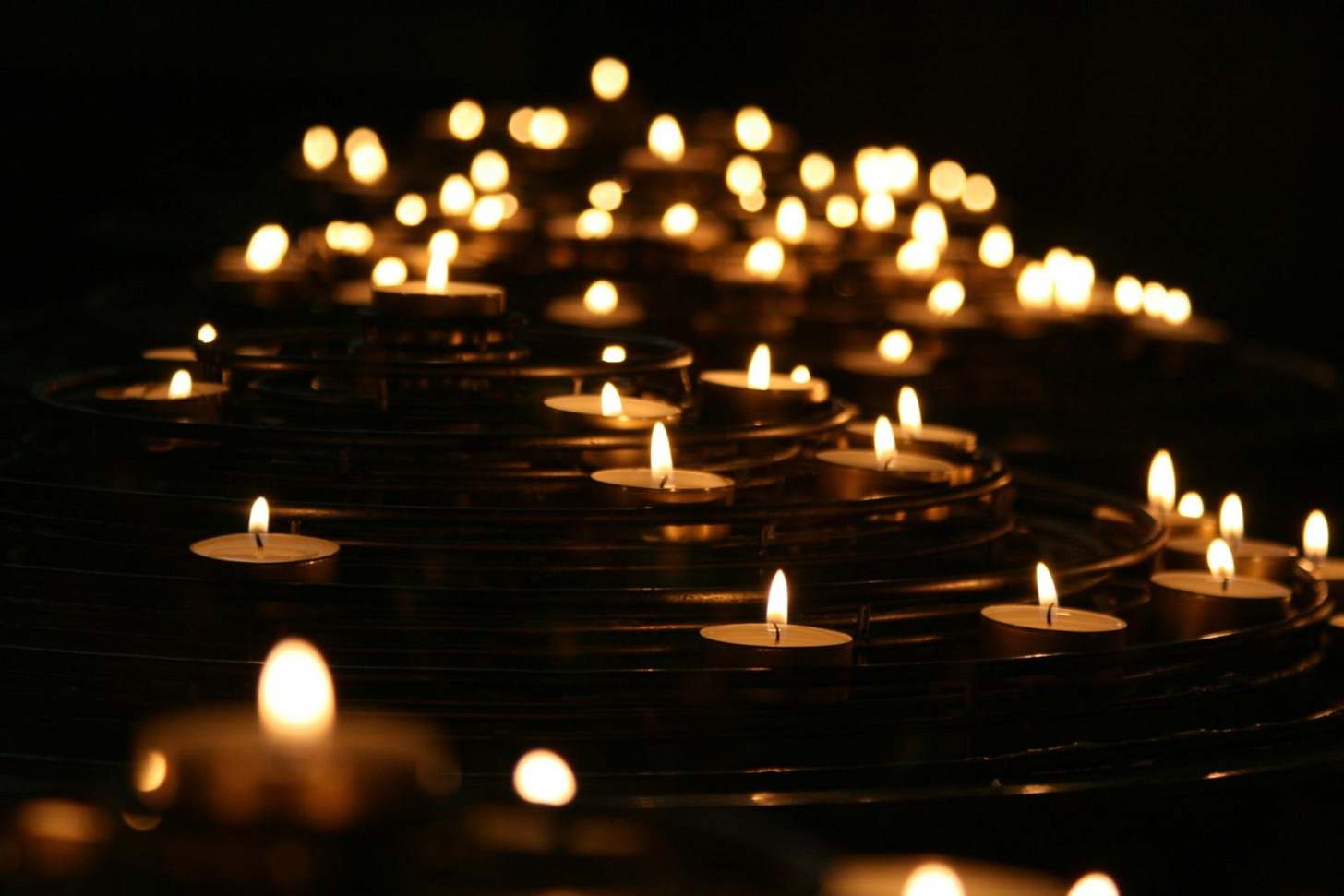Luminosity & Yoga
by Christopher Key Chapple
The universe revealed through a meeting with the Light
contrasts with the profane Universe—or transcends it—by
the fact that it is spiritual in essence. The experience of Light
radically changes the ontological condition of the subject by
opening him to the world of the Spirit . . . [A] meeting with
the Light produces a break in the subject’s existence, reveal-
ing—or making clearer than before—the world of the Spirit,
of holiness, and of freedom.
—Mircea Eliade, History of Religions
Light, most especially the camphor flame, is thus an extraor-
dinarily potent condensed symbol of the quintessentially
Hindu idea . . . that divinity and humanity can mutually
become one another.
—C. J. Fuller, The Camphor Flame
Mircea Eliade wrote extensively about the centrality of light as the constant religious image appearing throughout the many traditions he studied from around the world over a period of decades. In reading the Yoga Sūtra, the core text of the tradition that defined Eliade as a leading scholar of the history of religions, themes of light and luminosity pervade the text, peering out in each of the book’s four sections. This chapter will follow Patañjali’s treatment of light, lightness, and clarity as a constant root metaphor for the process of yogic attainment. In the process, I will address a fundamental persistent question that arises in regard to Yoga’s approach to the lived world. Can Yoga as a philosophical system be seen as providing an avenue for active engagement with the world without abrogating its teleology? Can nirodha (restraint) and kaivalyam (aloneness or isolation) be seen as compatible with an ongoing relationship with the fluctuations of the mind?
Keep reading with a 7-day free trial
Subscribe to Tarka Journal to keep reading this post and get 7 days of free access to the full post archives.



